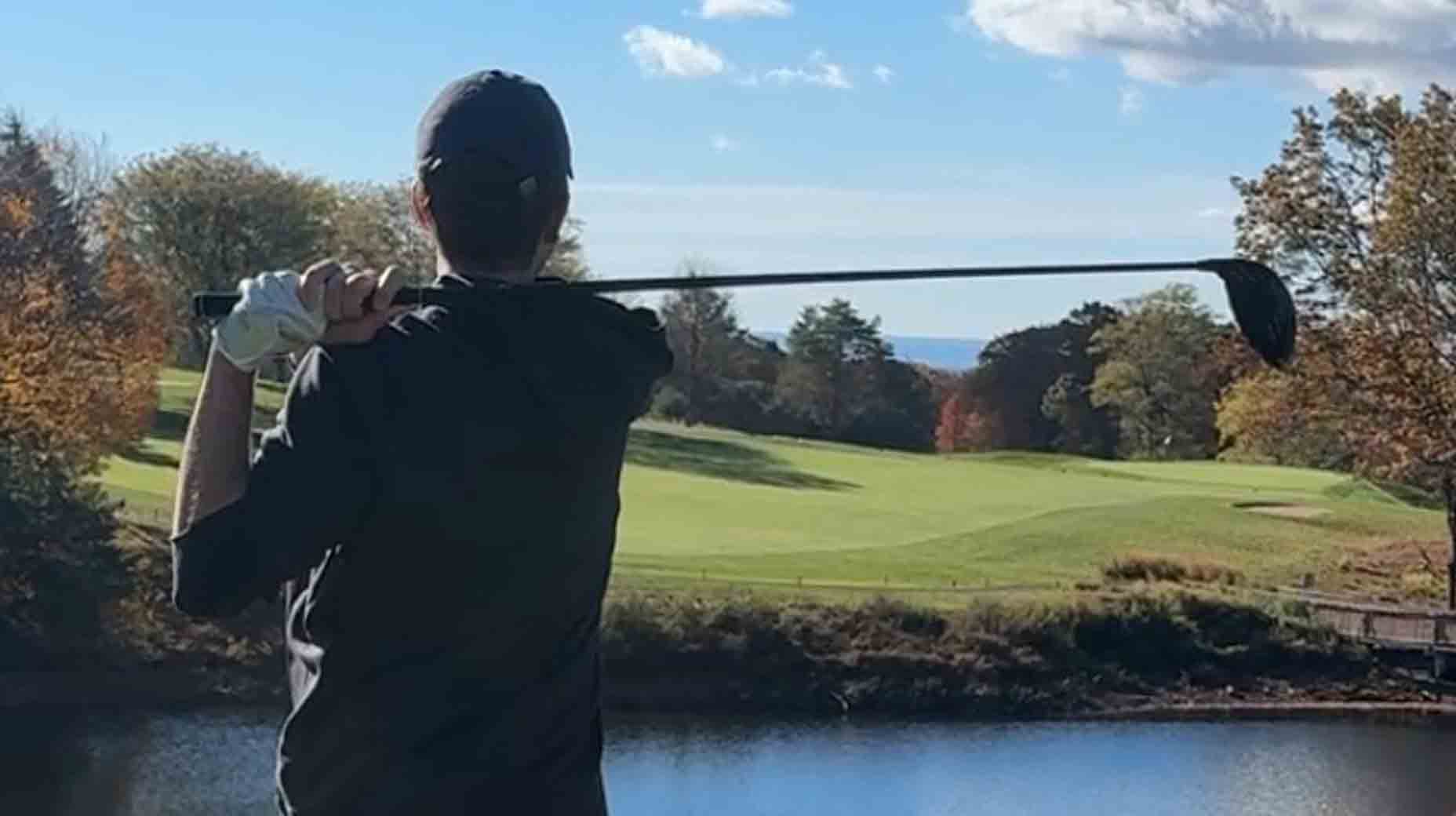 The year’s best-selling hybrid launches high to hold the green
The year’s best-selling hybrid launches high to hold the green
The Tour’s evolving ShotLink data is a game changer, and not just for Strokes Gained geeks (you can bet on that)
One day in the not too distant future, a PGA Tour pro will have a left-to-right, downhill, 18-foot putt on a bent-grass green in overcast conditions with temperatures in the high 60s and relative humidity of 75 percent. As he stalks the putt, a graphic will pop up on-screen showing the player’s make percentage for those exact distance, slope, weather and agronomic conditions. And, if they’re so inclined, viewers will even be able to make an “in-play” wager on whether he makes it.
Welcome to the future of ShotLink, the vaunted data-collection system that, since its launch in 2001, has tracked every shot hit on the PGA Tour — about 1.5 million per season. Strokes Gained stats, which measure a player’s performance against the field average in drives, approach shots, short game and putting, are the most predominant metrics provided by all that data, but there are other uses for it, too: Architects and tournament officials rely on it, for instance, to redesign courses and set up the course for the tournament.
ADVERTISEMENT

“Before ShotLink, a bunch of people would have an opinion, but nobody really had all the facts because nobody could really see where all the shots landed,” says Steve Evans, senior vice president of golf technologies at the PGA Tour. “Nobody could actually tell what the scoring average was if somebody hit the bunker with their tee shot versus someone who hit the fairway.”
ShotLink’s motto is to “Turn data into information, information into knowledge, and knowledge into entertainment.” Perhaps the Tour needs to update it and add “entertainment into cash,” since it licensed the data to IMG Arena in November for sports-betting purposes overseas. Betting sites use the ShotLink data to set the odds, while gamblers use it to make educated bets. With the Supreme Court in May 2018 striking down a 1992 federal law that effectively banned commercial sports betting in most states, it’s only a matter of time before U.S. golf fans will be able to place bets, too.
With the advent of betting and ShotLink+, the motion tracking of balls in and around the green using a three-camera computer system (similar cameras will soon replace fairway lasers to track tee shots and layups), reliable data will be more vital than ever. It’s why the Tour’s technology partner, CDW, is updating ShotLink’s infrastructure with a “hyper-converged” platform that more tightly integrates the traditional server/network/storage system. “When considering the role of data in sports betting and gambling, we understand that the uses of technology are always evolving, but it is universally important that consistent, accurate and real-time data be available,” says Matt Troka, CDW’s senior vice president of product and partner management.
ShotLink is also changing the onsite fan experience, via the Tour’s mobile app. Not only will it tell you who’s coming up the fairway, it will give you their ShotLink data in real time. In July, a wayfinding feature debuted at the St. Jude’s. It directs you to concession stands and restrooms, etc., and to any player on the course. Clearly, betting while on site isn’t far behind. It almost seems quaint that smartphones were banned up until a few years ago.
“We’ve got a ton of data, but the magic is transforming it so that it’s easy for fans to consume at the right moment,” Evans says. “Just like with fantasy football, the casual fan can have a gamified experience even if they’re not betting. The engagement of people who participate at that level is so much higher. We look at it as a platform to really build our fan base.”
How ShotLink works
1. A Tour player hits a shot.
2. With ShotLink, the ball’s landing point is captured by volunteers via handheld lasers. With ShotLink+, the ball flight and landing spot is tracked in even greater detail by unmanned cameras and on IBM Surface tablets.
3. All that data is harnessed and crunched inside ShotLink’s on-site truck, then…
4. …distributed to fans’ devices (and to assorted other numbers nerds) in real time.
ADVERTISEMENT





